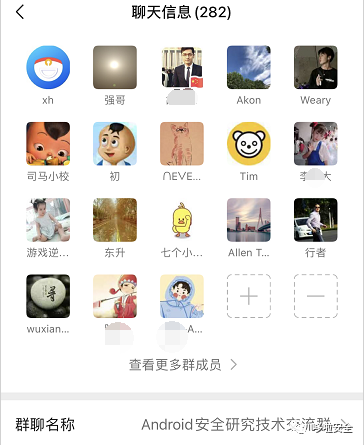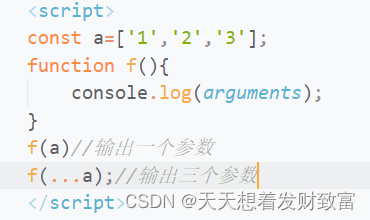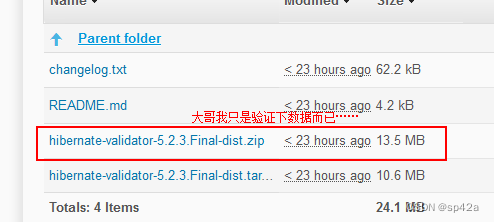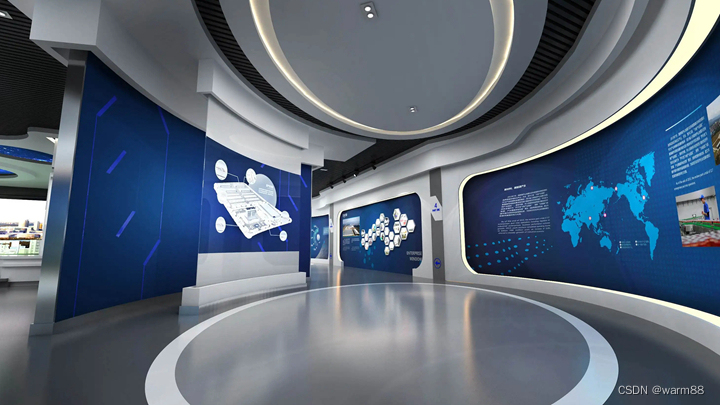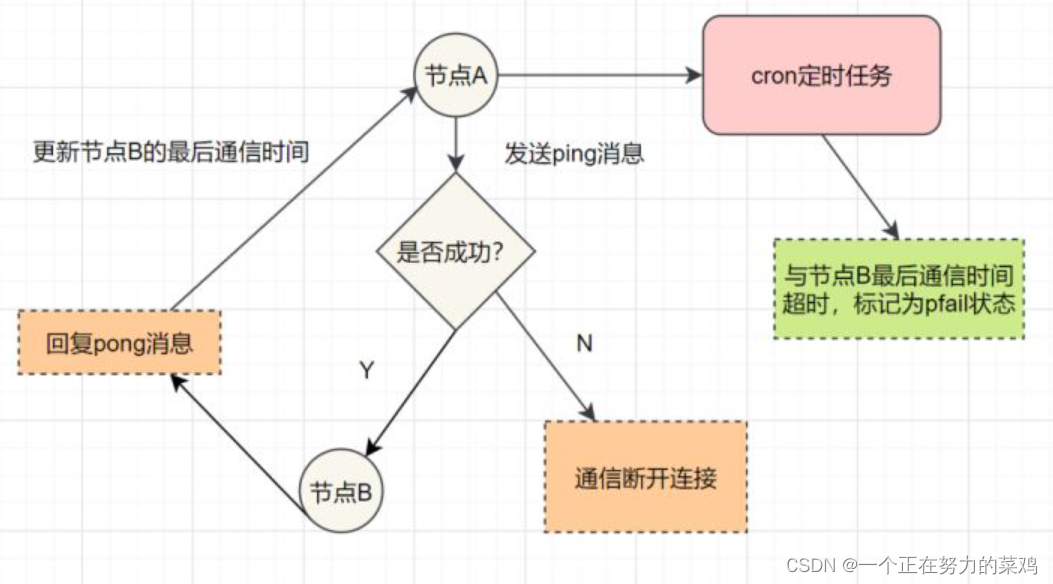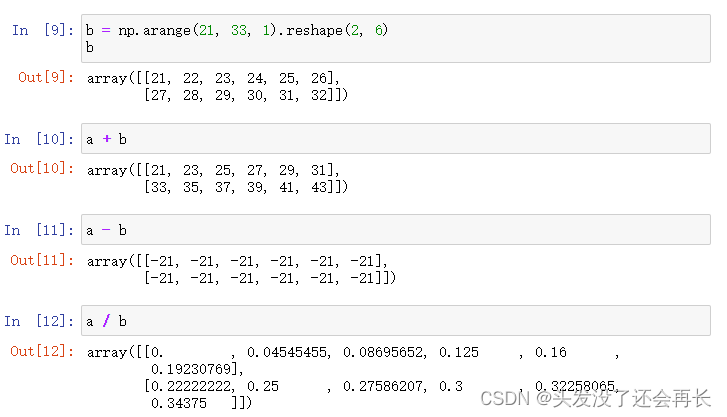当前位置:网站首页>Tips and tricks of image segmentation summarized from 39 Kabul competitions
Tips and tricks of image segmentation summarized from 39 Kabul competitions
2022-07-07 19:15:00 【Tom Hardy】
The author 丨 Derrick Mwiti
Source AI park
Edit the market platform
Reading guide
The author took part in 39 individual Kaggle match , According to the order of the whole competition , Summarized the data processing before the game , Model training , And post-processing can help everyone tips and tricks, A lot of skills and experience , Now I want to share it with you .
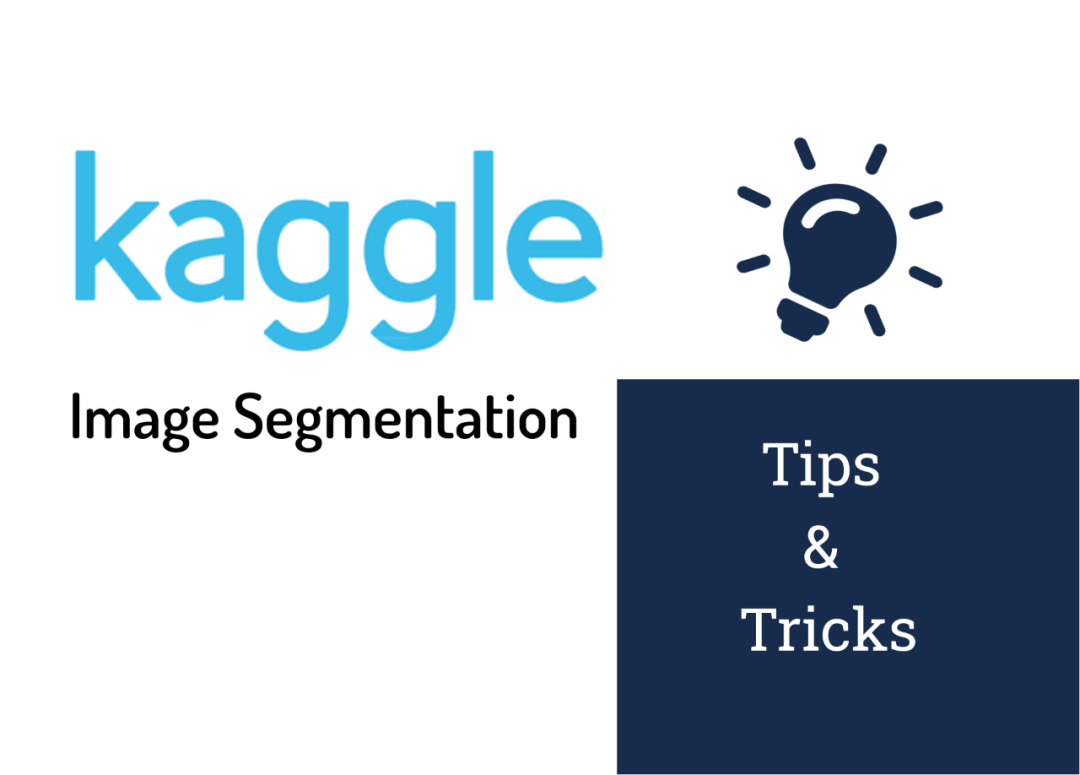
Imagine , If you can get all the tips and tricks, You need to go to a Kaggle match . I've passed 39 individual Kaggle match , Include :
Data Science Bowl 2017 – $1,000,000
Intel & MobileODT Cervical Cancer Screening – $100,000
2018 Data Science Bowl – $100,000
Airbus Ship Detection Challenge – $60,000
Planet: Understanding the Amazon from Space – $60,000
APTOS 2019 Blindness Detection – $50,000
Human Protein Atlas Image Classification – $37,000
SIIM-ACR Pneumothorax Segmentation – $30,000
Inclusive Images Challenge – $25,000
Now dig up all this knowledge for you !
External data
Use LUng Node Analysis Grand Challenge data , Because this dataset contains annotation details from radiology .
Use LIDC-IDRI data , Because it has all the radiologic descriptions that found the tumor .
Use Flickr CC, Wikipedia universal data set
Use Human Protein Atlas Dataset
Use IDRiD Data sets
Data exploration and intuition
Use 0.5 The threshold value for 3D Segmentation and clustering
Make sure there are no differences in the label distribution between the training set and the test set
Preprocessing
Use DoG(Difference of Gaussian) methods blob testing , Use skimage The method in .
Using a patch Input for training , In order to reduce training time .
Use cudf Load data , Do not use Pandas, Because reading data is faster .
Make sure all images have the same orientation .
In histogram equalization , Use contrast limit .
Use OpenCV General image preprocessing .
Using automated active learning , Manually add .
Scale all images to the same resolution , You can use the same model to scan different thicknesses .
Normalize the scanned image to 3D Of numpy Array .
For a single image, the dark channel prior method is used for image defogging .
Convert all images into Hounsfield Company ( Concepts in radiology ).
Use RGBY To find redundant images .
Develop a sampler , Make the label more balanced .
Fake the test image to improve the score .
The image /Mask Downsampling to 320x480.
Histogram equalization (CLAHE) When you use kernel size by 32×32
take DCM Turn into PNG.
When there are redundant images , Calculate... For each image md5 hash value .
Data to enhance
Use albumentations Data enhancement .
Use random 90 Degree of rotation .
Use horizontal flip , Flip up and down .
You can try larger geometric transformations : Elastic transformation , Affine transformation , Spline affine transformation , Occipital distortion .
Use random HSV.
Use loss-less Enhance to generalize , Prevent useful image information from appearing big loss.
application channel shuffling.
Data enhancement based on the frequency of categories .
Use Gaussian noise .
Yes 3D Image use lossless Rearrangement for data enhancement .
0 To 45 Degree random rotation .
from 0.8 To 1.2 Random scaling .
Brightness conversion .
Random change hue And saturation .
Use D4:https://en.wikipedia.org/wiki/Dihedral_group enhance .
In histogram equalization, use contrast limitation .
Use AutoAugment:https://arxiv.org/pdf/1805.09501.pdf Enhancement strategy .
Model
structure
Use U-net As infrastructure , And adjust to fit 3D The input of .
Use automated active learning and add manual tagging .
Use inception-ResNet v2 architecture Different receptive field training characteristics were used in the structure .
Use Siamese networks Conduct confrontation training .
Use _ResNet50_, Xception, Inception ResNet v2 x 5, The last layer uses full connectivity .
Use global max-pooling layer, Whatever input size , Returns a fixed length output .
Use stacked dilated convolutions.
VoxelNet.
stay LinkNet To replace the addition with splicing and conv1x1.
Generalized mean pooling.
Use 224x224x3 The input of , use Keras NASNetLarge Training models from scratch .
Use 3D Convolution network .
Use ResNet152 As a pre training feature extractor .
take ResNet The last full connection layer of is replaced by 3 One use dropout The full connection layer of .
stay decoder Transpose convolution is used in .
Use VGG As infrastructure .
Use C3D The Internet , Use adjusted receptive fields, At the end of the network 64 unit bottleneck layer .
Use... With pre training weights UNet The structure of type is in 8bit RGB Improve convergence and binary segmentation performance on the input image .
Use LinkNet, Because it's fast and saves memory .
MASKRCNN
BN-Inception
Fast Point R-CNN
Seresnext
UNet and Deeplabv3
Faster RCNN
SENet154
ResNet152
NASNet-A-Large
EfficientNetB4
ResNet101
GAPNet
PNASNet-5-Large
Densenet121
AC-GAN
XceptionNet (96), XceptionNet (299), Inception v3 (139), InceptionResNet v2 (299), DenseNet121 (224)
AlbuNet (resnet34) from ternausnets
SpaceNet
Resnet50 from selim_sef SpaceNet 4
SCSEUnet (seresnext50) from selim_sef SpaceNet 4
A custom Unet and Linknet architecture
FPNetResNet50 (5 folds)
FPNetResNet101 (5 folds)
FPNetResNet101 (7 folds with different seeds)
PANetDilatedResNet34 (4 folds)
PANetResNet50 (4 folds)
EMANetResNet101 (2 folds)
RetinaNet
Deformable R-FCN
Deformable Relation Networks
hardware setup
Use of the AWS GPU instance p2.xlarge with a NVIDIA K80 GPU
Pascal Titan-X GPU
Use of 8 TITAN X GPUs
6 GPUs: 2_1080Ti + 4_1080
Server with 8×NVIDIA Tesla P40, 256 GB RAM and 28 CPU cores
Intel Core i7 5930k, 2×1080, 64 GB of RAM, 2x512GB SSD, 3TB HDD
GCP 1x P100, 8x CPU, 15 GB RAM, SSD or 2x P100, 16x CPU, 30 GB RAM
NVIDIA Tesla P100 GPU with 16GB of RAM
Intel Core i7 5930k, 2×1080, 64 GB of RAM, 2x512GB SSD, 3TB HDD
980Ti GPU, 2600k CPU, and 14GB RAM
Loss function
Dice Coefficient , Because it works well on unbalanced data .
Weighted boundary loss The aim is to reduce segmentation and prediction ground truth Distance between .
MultiLabelSoftMarginLoss Use one-versus-all Loss optimized multiple tags .
Balanced cross entropy (BCE) with logit loss The weights of positive and negative samples are assigned by coefficients .
Lovasz be based on sub-modular Lost convex Lovasz Extend to optimize the average directly IoU Loss .
FocalLoss + Lovasz take Focal loss and Lovasz losses Add up to get .
Arc margin loss By adding margin To maximize the separability of face categories .
Npairs loss Calculation y_true and y_pred Between npairs Loss .
take BCE and Dice loss combined .
LSEP – A sort of pairwise sort loss , Smooth everywhere, so it's easy to optimize .
Center loss At the same time, learn the feature centers of each category , And punish the samples which are too far away from the feature center .
Ring Loss The standard loss function is enhanced , Such as Softmax.
Hard triplet loss Training network for feature embedding , Maximize the distance between features of different categories .
1 + BCE – Dice Contains BCE and DICE Loss plus 1.
Binary cross-entropy – log(dice) Binary cross entropy minus dice loss Of log.
BCE, dice and focal A combination of losses .
BCE + DICE - Dice Loss smoothed by calculation dice The coefficient gives .
Focal loss with Gamma 2 The upgrade of standard cross entropy loss .
BCE + DICE + Focal – 3 Add up the losses .
Active Contour Loss Added area and size information , And integrated into the deep learning model .
1024 * BCE(results, masks) + BCE(cls, cls_target)
Focal + kappa – Kappa It's a loss for multi category classification , Here and Focal loss Add up .
ArcFaceLoss — For face recognition Additive Angular Margin Loss.
soft Dice trained on positives only – Using the prediction probability Soft Dice.
2.7 * BCE(pred_mask, gt_mask) + 0.9 * DICE(pred_mask, gt_mask) + 0.1 * BCE(pred_empty, gt_empty) A custom loss .
nn.SmoothL1Loss().
Use Mean Squared Error objective function, In some scenarios, it is better than binary cross entropy loss .
Training skills
Try different learning rates .
Try different batch size.
Use SGD + momentum And design the learning rate strategy by hand .
Too much enhancement reduces accuracy .
Cut and train on the image , Full scale image prediction .
Use Keras Of ReduceLROnPlateau() As a learning rate strategy .
Do not use data to enhance training to the platform period , And then for some epochs Use hardware and software to enhance .
Freeze all layers except the last one , Use 1000 Images to fine tune , As a first step .
Use category sampling
Use when debugging the last layer dropout And enhanced
Use pseudo tags to improve scores
Use Adam stay plateau It's time to slow down the learning rate
use SGD Use Cyclic Learning rate strategy
If the verification loss continues 2 individual epochs No reduction , Reduce the learning rate
take 10 individual batches The worst of the batch Repeat training
Use default UNET Training
Yes patch Overlap , So the edge pixels are covered twice
Super parameter debugging : Training rate , Non maximum suppression and fractional threshold in reasoning
Remove the bounding box of low confidence score .
Training different convolution networks for model integration .
stay F1score Stop training when you start to fall .
Use different learning rates .
Use the cascade method with 5 folds The method of training ANN, repeat 30 Time .
Evaluate and verify
The training and test sets are divided unevenly by category
When debugging the last layer , Use cross validation to avoid over fitting .
Use 10 Cross validation integration for classification .
Use... When testing 5-10 Fold cross validation to integrate .
Integration method
Integration using a simple voting method
For models with many categories, use LightGBM, Using original features .
Yes 2 The layer model uses CatBoost.
Use ‘curriculum learning’ To speed up model training , In this training mode , The model is trained on simple samples , Then train on difficult samples .
Use ResNet50, InceptionV3, and InceptionResNetV2 To integrate .
Use integration for object detection .
Yes Mask RCNN, YOLOv3, and Faster RCNN To integrate .
post-processing
Use test time augmentation , A random transformation of an image is carried out, and the results are averaged after many tests .
Test the probability of equilibrium , Instead of using predicted categories .
Geometric averaging of the predicted results .
When reasoning, they overlap , because UNet The prediction of marginal areas is not very good .
Non maximum suppression and bounding box shrinkage are performed .
In case segmentation, watershed algorithm is used to separate objects .
This article is only for academic sharing , If there is any infringement , Please contact to delete .
3D Visual workshop boutique course official website :3dcver.com
1. Multi sensor data fusion technology for automatic driving field
2. For the field of automatic driving 3D Whole stack learning route of point cloud target detection !( Single mode + Multimodal / data + Code )
3. Thoroughly understand the visual three-dimensional reconstruction : Principle analysis 、 Code explanation 、 Optimization and improvement
4. China's first point cloud processing course for industrial practice
5. laser - Vision -IMU-GPS The fusion SLAM Algorithm sorting and code explanation
6. Thoroughly understand the vision - inertia SLAM: be based on VINS-Fusion The class officially started
7. Thoroughly understand based on LOAM Framework of the 3D laser SLAM: Source code analysis to algorithm optimization
8. Thorough analysis of indoor 、 Outdoor laser SLAM Key algorithm principle 、 Code and actual combat (cartographer+LOAM +LIO-SAM)
10. Monocular depth estimation method : Algorithm sorting and code implementation
11. Deployment of deep learning model in autopilot
12. Camera model and calibration ( Monocular + Binocular + fisheye )
13. blockbuster ! Four rotor aircraft : Algorithm and practice
14.ROS2 From entry to mastery : Theory and practice
15. The first one in China 3D Defect detection tutorial : theory 、 Source code and actual combat
16. be based on Open3D Introduction and practical tutorial of point cloud processing
blockbuster !3DCVer- Academic paper writing contribution Communication group Established
Scan the code to add a little assistant wechat , can Apply to join 3D Visual workshop - Academic paper writing and contribution WeChat ac group , The purpose is to communicate with each other 、 Top issue 、SCI、EI And so on .
meanwhile You can also apply to join our subdivided direction communication group , At present, there are mainly 3D Vision 、CV& Deep learning 、SLAM、 Three dimensional reconstruction 、 Point cloud post processing 、 Autopilot 、 Multi-sensor fusion 、CV introduction 、 Three dimensional measurement 、VR/AR、3D Face recognition 、 Medical imaging 、 defect detection 、 Pedestrian recognition 、 Target tracking 、 Visual products landing 、 The visual contest 、 License plate recognition 、 Hardware selection 、 Academic exchange 、 Job exchange 、ORB-SLAM Series source code exchange 、 Depth estimation Wait for wechat group .
Be sure to note : Research direction + School / company + nickname , for example :”3D Vision + Shanghai Jiaotong University + quietly “. Please note... According to the format , Can be quickly passed and invited into the group . Original contribution Please also contact .

▲ Long press and add wechat group or contribute

▲ The official account of long click attention
3D Vision goes from entry to mastery of knowledge : in the light of 3D In the field of vision Video Course cheng ( 3D reconstruction series 、 3D point cloud series 、 Structured light series 、 Hand eye calibration 、 Camera calibration 、 laser / Vision SLAM、 Automatically Driving, etc )、 Summary of knowledge points 、 Introduction advanced learning route 、 newest paper Share 、 Question answer Carry out deep cultivation in five aspects , There are also algorithm engineers from various large factories to provide technical guidance . meanwhile , The planet will be jointly released by well-known enterprises 3D Vision related algorithm development positions and project docking information , Create a set of technology and employment as one of the iron fans gathering area , near 4000 Planet members create better AI The world is making progress together , Knowledge planet portal :
Study 3D Visual core technology , Scan to see the introduction ,3 Unconditional refund within days

There are high quality tutorial materials in the circle 、 Answer questions and solve doubts 、 Help you solve problems efficiently
Feel useful , Please give me a compliment ~
边栏推荐
- The top of slashdata developer tool is up to you!!!
- 炒股如何开户?请问一下手机开户股票开户安全吗?
- [Blue Bridge Cup training 100 questions] sort scratch from small to large. Blue Bridge Cup scratch competition special prediction programming question centralized training simulation exercise question
- Redis的发布与订阅
- 脑洞从何而来?加州大学最新研究:有创造力的人神经连接会「抄近道」
- DeSci:去中心化科学是Web3.0的新趋势?
- Antisamy: a solution against XSS attack tutorial
- 直播预约通道开启!解锁音视频应用快速上线的秘诀
- 【Base64笔记】「建议收藏」
- How much does it cost to develop a small program mall?
猜你喜欢
随机推荐
Realize payment function in applet
Reuse of data validation framework Apache bval
Redis
How much does it cost to develop a small program mall?
Wechat web debugging 8.0.19 replace the X5 kernel with xweb, so the X5 debugging method can no longer be used. Now there is a solution
Redis cluster and expansion
IP netns command (memo)
初识缓存以及ehcache初体验「建议收藏」
【塔望方法论】塔望3W消费战略 - U&A研究法
Standard ACL and extended ACL
Short selling, overprinting and stock keeping, Oriental selection actually sold 2.66 million books in Tiktok in one month
嵌入式面试题(算法部分)
多个kubernetes集群如何实现共享同一个存储
[Tawang methodology] Tawang 3W consumption strategy - U & a research method
二叉树的基本概念和性质
[tpm2.0 principle and Application guide] Chapter 9, 10 and 11
Business experience in virtual digital human
Desci: is decentralized science the new trend of Web3.0?
Numpy——2.数组的形状
L1-019 who falls first (Lua)
